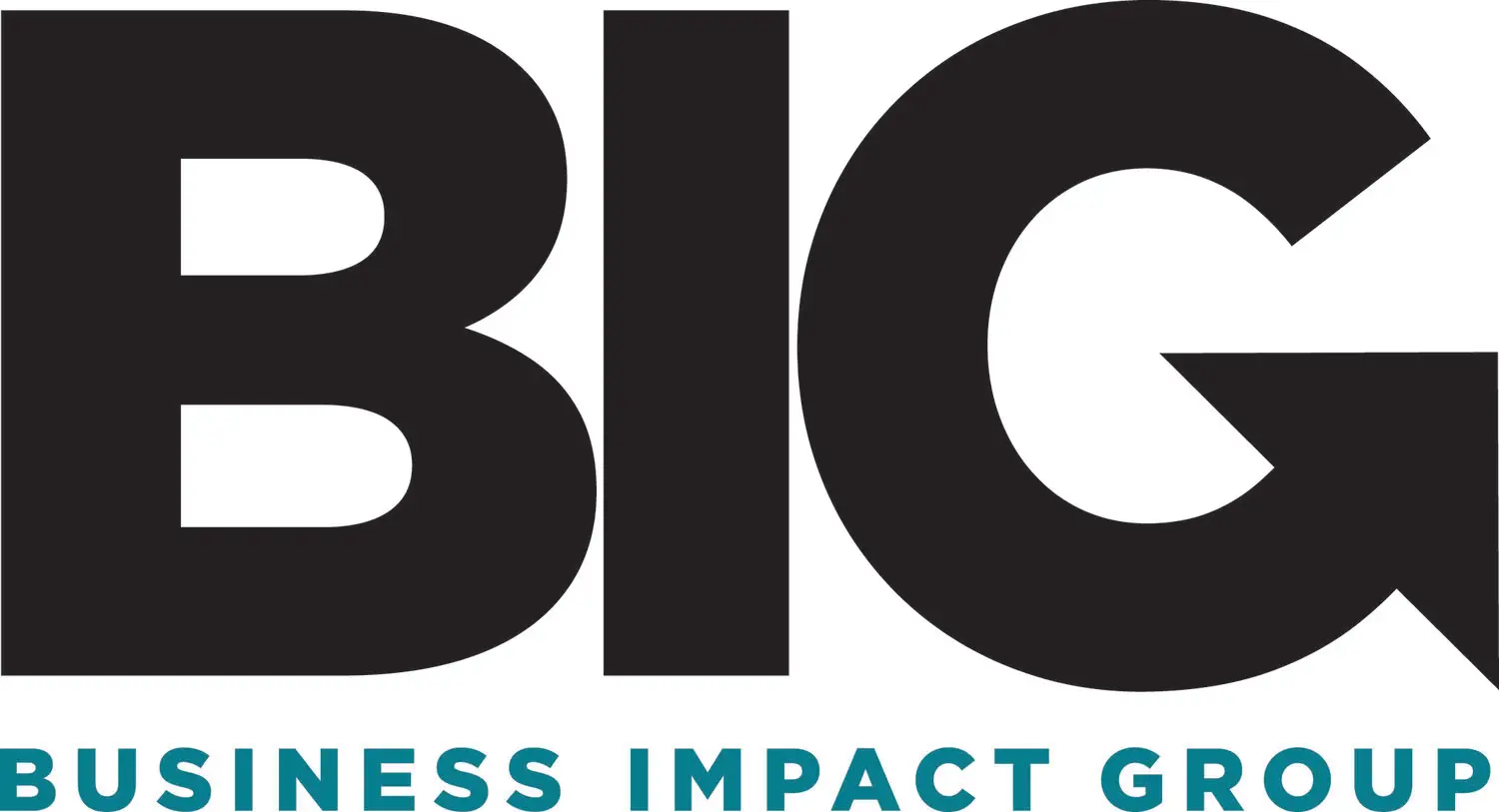In the realm of business development, the significance of a robust referral network cannot be overstated. A referral network serves as a powerful engine for growth, enabling businesses to tap into new markets and expand their reach through trusted connections. When potential clients receive recommendations from individuals they know and trust, they are far more likely to engage with the referred business.
This trust factor is paramount; it not only shortens the sales cycle but also enhances the quality of leads, as referrals often come pre-qualified. In essence, a well-established referral network can transform the way businesses attract and retain clients, creating a sustainable model for ongoing success. Moreover, a referral network fosters a sense of community among businesses, encouraging collaboration and mutual support.
When companies actively participate in each other’s growth, they create an ecosystem where knowledge sharing and resource pooling become commonplace. This collaborative spirit can lead to innovative partnerships and joint ventures that might not have been possible in isolation. By leveraging the strengths of various partners within the network, businesses can enhance their service offerings and improve their competitive edge.
Ultimately, understanding the importance of a referral network is about recognizing its potential to not only drive sales but also cultivate long-lasting relationships that benefit all parties involved.
Key Takeaways
- Building a strong referral network is crucial for business growth and success.
- Identifying potential referral partners involves understanding their target market and how it aligns with yours.
- Nurturing relationships with referral partners requires consistent communication and mutual support.
- Clearly communicating your ideal client profile and value proposition helps referral partners understand how to refer the right clients to you.
- Creating a system for tracking and rewarding referrals incentivizes and acknowledges the efforts of your referral partners.
Identifying Potential Referral Partners
Identifying potential referral partners is a critical step in building a successful referral network. The first step in this process involves conducting a thorough analysis of your own business and its offerings. By understanding your unique value proposition and the specific needs of your target market, you can begin to identify businesses that complement your services.
For instance, if you are a financial advisor, partnering with real estate agents or mortgage brokers can create a symbiotic relationship where both parties benefit from shared clientele. This strategic alignment not only enhances your service portfolio but also increases the likelihood of receiving quality referrals. In addition to analyzing your own business, it is essential to consider the broader landscape of your industry and local market.
Attend networking events, industry conferences, and community gatherings to meet potential partners face-to-face. Engaging in conversations with other professionals can reveal opportunities for collaboration that may not be immediately apparent. Furthermore, leveraging social media platforms like LinkedIn can help you identify individuals and organizations that share similar values and target audiences.
By actively seeking out these connections, you can build a diverse network of referral partners who can help amplify your business development efforts.
Building and Nurturing Relationships with Referral Partners

Once potential referral partners have been identified, the next step is to focus on building and nurturing those relationships. Establishing trust is paramount; it requires consistent communication and genuine engagement over time. Start by reaching out to your identified partners with personalized messages that express your interest in collaboration.
Schedule coffee meetings or lunch appointments to discuss mutual goals and explore how you can support each other’s businesses. These face-to-face interactions are invaluable for laying the groundwork for a strong partnership, as they allow for open dialogue and the opportunity to share insights about your respective industries. Nurturing these relationships goes beyond initial meetings; it involves ongoing efforts to maintain contact and provide value to your partners.
Regular check-ins, whether through phone calls, emails, or social media interactions, help keep the lines of communication open. Additionally, consider offering assistance or resources that may benefit your partners without expecting anything in return. This could include sharing relevant articles, introducing them to potential clients, or even providing feedback on their services.
By demonstrating your commitment to their success, you reinforce the foundation of trust and reciprocity that is essential for a thriving referral network.
Communicating Your Ideal Client Profile and Value Proposition
A crucial aspect of effective networking is the ability to clearly communicate your ideal client profile and value proposition to your referral partners. Your ideal client profile should encapsulate the characteristics of the clients you wish to attract, including demographics, industry sectors, and specific pain points that your services address. By articulating this profile to your partners, you empower them to recognize potential referrals within their own networks.
This clarity not only streamlines the referral process but also ensures that the leads generated are more likely to convert into clients. Equally important is conveying your value proposition—the unique benefits that set your business apart from competitors. This could include specialized expertise, exceptional customer service, or innovative solutions tailored to client needs.
When your referral partners understand what makes your business valuable, they are better equipped to advocate for you when opportunities arise. Consider creating marketing materials or one-pagers that succinctly outline your ideal client profile and value proposition. Sharing these resources with your partners can serve as a helpful reference point during their interactions with potential referrals.
Creating a System for Tracking and Rewarding Referrals
To maximize the effectiveness of your referral network, it is essential to establish a systematic approach for tracking and rewarding referrals. Implementing a structured system allows you to monitor the flow of referrals and assess which partners are generating the most leads for your business. This could involve using customer relationship management (CRM) software or simple spreadsheets to log referrals received, track their status through the sales process, and measure conversion rates.
By analyzing this data, you can identify trends and make informed decisions about where to focus your networking efforts. In addition to tracking referrals, creating a rewards program can incentivize your partners to actively participate in generating leads for your business. Consider offering tangible rewards such as gift cards, discounts on services, or even monetary compensation for successful referrals that result in new clients.
Alternatively, non-monetary rewards such as public recognition or exclusive access to events can also be effective motivators. By acknowledging and rewarding the contributions of your referral partners, you reinforce their commitment to supporting your business while fostering a culture of collaboration within your network.
Leveraging Technology for Referral Network Management

In today’s digital age, leveraging technology can significantly enhance the management of your referral network. Various tools and platforms are available that streamline communication, facilitate tracking, and improve overall efficiency in managing relationships with referral partners. For instance, CRM systems not only help you keep track of referrals but also allow you to segment contacts based on various criteria such as industry or engagement level.
This segmentation enables targeted communication strategies that resonate with specific groups within your network. Additionally, utilizing social media platforms can enhance visibility and engagement with your referral partners. Regularly sharing updates about your business achievements or client success stories on platforms like LinkedIn can keep your network informed and engaged.
Furthermore, consider using project management tools that allow for collaborative efforts with partners on joint initiatives or marketing campaigns. By embracing technology in these ways, you can create a more organized and efficient approach to managing your referral network while fostering stronger connections with partners.
Measuring and Evaluating the Effectiveness of Your Referral Network
Finally, measuring and evaluating the effectiveness of your referral network is crucial for continuous improvement and growth. Establishing key performance indicators (KPIs) such as the number of referrals received, conversion rates, and overall revenue generated from referrals provides valuable insights into how well your network is functioning. Regularly reviewing these metrics allows you to identify areas for enhancement—whether it’s refining your communication strategies or adjusting your rewards program—to ensure that you are maximizing the potential of your referral partnerships.
Moreover, soliciting feedback from your referral partners can provide additional perspectives on how to improve collaboration efforts. Engaging in open discussions about what is working well and what challenges they may be facing can lead to actionable insights that benefit both parties. By fostering an environment of transparency and continuous feedback within your referral network, you create a culture of growth that not only strengthens existing relationships but also attracts new partners who are eager to contribute to mutual success.
In conclusion, by measuring effectiveness and being open to adaptation, businesses can ensure their referral networks remain dynamic and impactful in driving business development efforts forward.
For those interested in enhancing their business development strategies, particularly in building a robust referral network, it’s beneficial to explore related resources that can provide deeper insights and practical advice. One such valuable resource is an article titled “Mastering Professional Networking: Building Valuable Connections.” This piece delves into the nuances of creating and nurturing professional relationships that can lead to significant business opportunities. You can read more about these strategies and tips by visiting Mastering Professional Networking: Building Valuable Connections. This article is an excellent complement to understanding the dynamics of effective business networking and referral generation.
FAQs
What is a referral network?
A referral network is a group of individuals or businesses that refer potential clients or customers to each other. This network can be formal or informal and is based on mutual trust and cooperation.
Why is building a referral network important for business development?
Building a referral network is important for business development because it can help generate new leads and customers through word-of-mouth marketing. Referrals from trusted sources are often more effective and have a higher conversion rate than other forms of marketing.
How can businesses effectively build a referral network?
Businesses can effectively build a referral network by providing excellent products or services, maintaining strong relationships with existing clients or customers, and actively seeking out partnerships with other businesses that complement their own.
What are some strategies for nurturing a referral network?
Some strategies for nurturing a referral network include regularly communicating with network members, providing incentives for referrals, and reciprocating referrals when possible. It’s also important to show appreciation for referrals and to maintain a high level of professionalism and reliability.
What are the benefits of a strong referral network?
A strong referral network can lead to a steady stream of high-quality leads, increased brand visibility, and a positive reputation in the industry. It can also lead to long-term partnerships and collaborations with other businesses.





